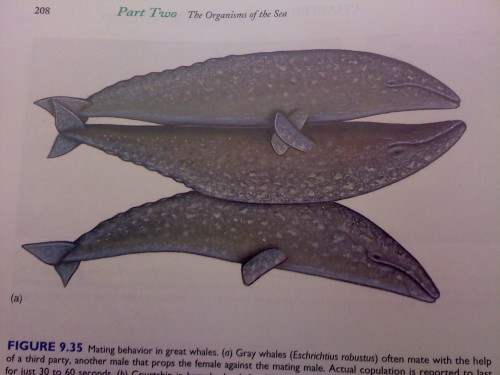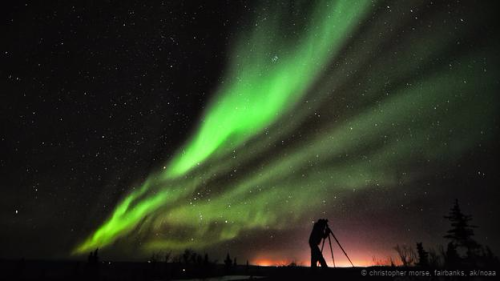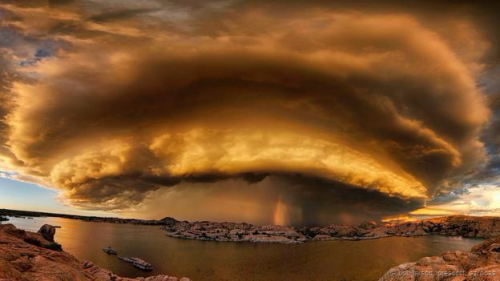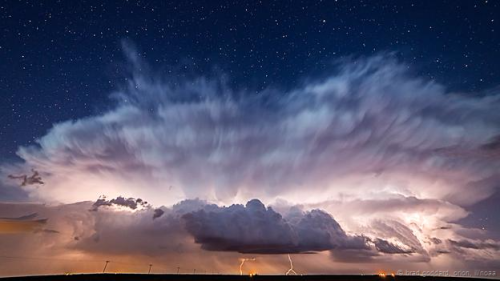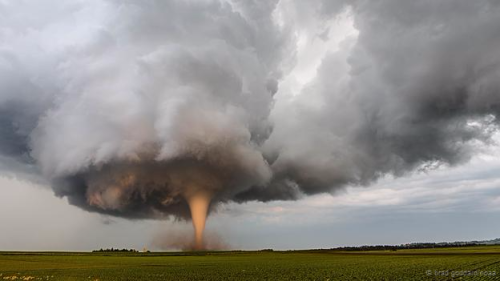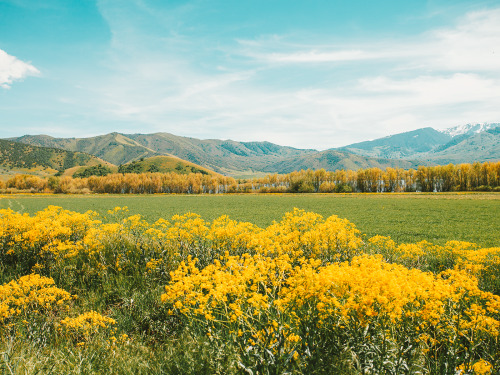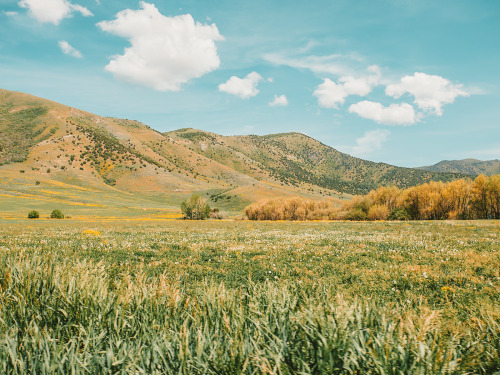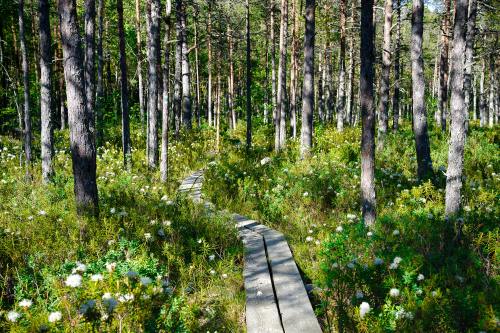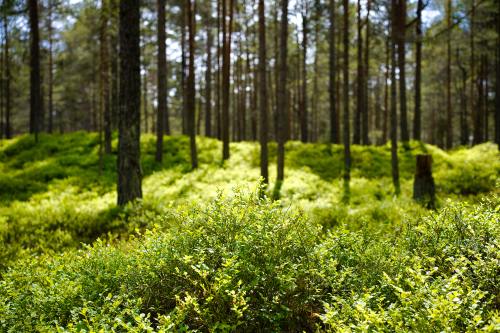#nature is awesome
Civil War Fun Fact #6
Glowing Wounds At The Battle of Shiloh
After the Battle of Shiloh in 1862, soldiers reported a peculiar phenomenon: glow-in-the-dark wounds. More than 16,000 soldiers from both armies were wounded during the battle, and neither Union nor Confederate medical personnel were prepared for the carnage. Soldiers lay in the mud for two rainy days, and many of them noticed that their wounds glowed in the dark. In fact, the injured whose wounds glowed seemed to heal better than the others.
In 2001, two Maryland teenagers solved the mystery (and won a top prize at an international science fair). The wounded became hypothermic, and their lowered body temperatures made ideal conditions for a bioluminescent bacterium called Photorhabdus luminescens, which inhibits pathogens.
SO APPARENTLY WHEN TWO LARGE WHALES DO THE NASTY THERE’S SOMETIMES THIS ONE BRO WHO JUST SORT OF HOLDS THEM UP SO THEY DON’T FLOAT OFF
NATURE IS BEAUTIFUL
Post link
Photos by AndyClark from the Vancouver aquarium. The tank contains around 2,000 spotted jellyfish from 15 different species. Jellyfish are the oldest multi organ animals in the world, having been around for over 500 millions years and they’ll probably completely take over the oceans in the not too distant future.
Post link
These photos were all winners in a new contest focusing on “images of weather or the science used to forecast weather, water and climate”.
Links the photographers can be found here: http://www.bbc.com/earth/story/20150628-ten-photos-showing-the-power-of-weather?ocid=fbert
Post link
The leaf cycle:
During the spring and summer leaves serve as factories where most of the foods necessary for the tree’s growth are manufactured. The process, known as photosynthesis; takes place in the leaf in numerous cells containing chlorophyll, which gives the leaf its green colour. Along with the green pigment are yellow to orange pigments; carotenes and xanthophyll, however most of the year these colours are masked by great amounts of chlorophyll.
In autumn, because of the changes in daylight hours and changes in temperature the leaves stop photosynthesising and hence the chlorophyll breaks down. The green colour disappears, and the yellow and orange colours become visible. At the same time other chemical changes may occur, which form additional colours through the development of red anthocyanin pigments.
Eventually the tree sheds the leaves to save nutrients and prevent loss of water, the leaves then rot and return to the soil as organic matter.
The leaf in this photo is Manzanita leaf.
Photo courtesy of Flickr user robherr.
Post link
An Underwater Waterfall?
The Island of Mauritius in the Indian Ocean hosts a truly remarkable sight. Just off the coast there appears to be an underwater waterfall. This phenomenon is most prominent when looked at from an aerial view, as in this image.Now, fluid dynamics can produce some wondrous effects, but, is cold dense water responsible for this phenomenon?Nope, but there’s still a cool explanation which delves into the topography of the sea floor.Mauritius is located at the southern edge of the Mascarene Plateau, a prominent shelf which can be seen in this image. The depth of the water above the shelf ranges from around 8-150 metres. However, where that shelf ends, there is a massive plunge into the Ocean depths. How massive? We’re talking from going from 150 metres to many thousands of metres.What you’re witnessing, that looks like an underwater waterfall, is actually sand from the shores of Mauritius being driven via ocean currents off of that high, coastal shelf, and down into the darker ocean depths off the southern tip of the island.
Follow us on Facebook: https://www.facebook.com/pages/Wonderful-World/474922689347544?fref=photo
Post link
These are coast redwoods (Sequoia sempervirens) in Humboldt Redwoods State Park, California. The park is home to the largest continuous block of old-growth redwood forest left on the planet- with some 10,000 acres.
The alluvial flats along its creeks and rivers are prime redwood habitats. The mix of rich soils, water, and fog rolling in from the ocean have produced the planet’s tallest forest. Of the 180 known redwoods greater than 350 feet, more than 130 grow here.
Coastal redwoods can be up to 379 feet (115.5 m) in height (without the roots) and up to 26 feet (7.9 m) in diameter at breast height.
Research now shows that the older such trees get, the more wood they put on- nice to see even trees go through a midlife spread.
Photograph by Michael Nichols, National Geographic
Post link
You would be forgiven for thinking that this was a photo of an ice shelf.
But it is not. It is a sprawling limestone formation called “Pamukkale” or “cotton Castle” in southwest Turkey. Over the past 400,000 years, a complex of seventeen separate hot springs has been depositing snow white travertine limestone in a series of terraces and waterfalls. The formation is over 2,700 metres long, 600 metres wide and 160 metres high. The springs are present due to the many cracks and fissures in the earth’s surface here due to high tectonic activity. The temperature of the spring water as it emerges at the surface ranges between 35–56°C (95–133°F). Flowing at a rate of 510 litres per second, the water is saturated with calcium carbonate, and as it reaches the surface carbon dioxide is released into the air, allowing the water to deposit the calcium carbonate until its carbon dioxide levels are balanced with those in the air. Initially deposited as a jelly-like substance, the calcium carbonate eventually hardens into travertine. The result is this beautiful landscape which is one of the major tourist attractions in Turkey.
Post link


